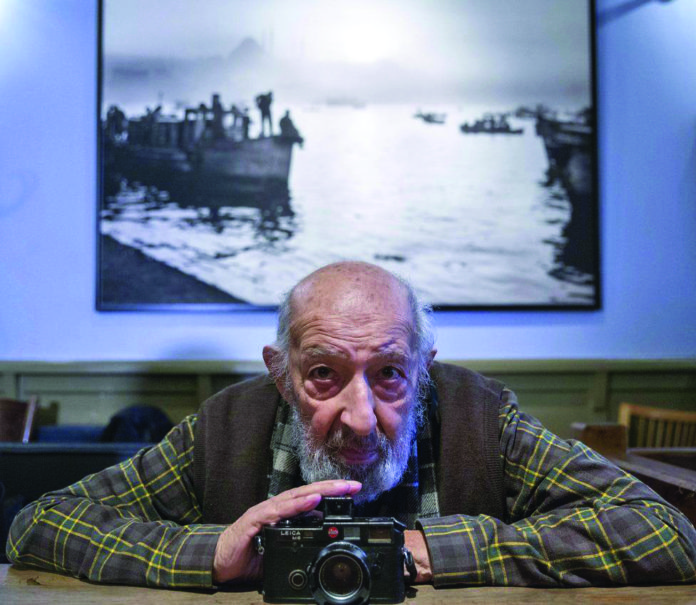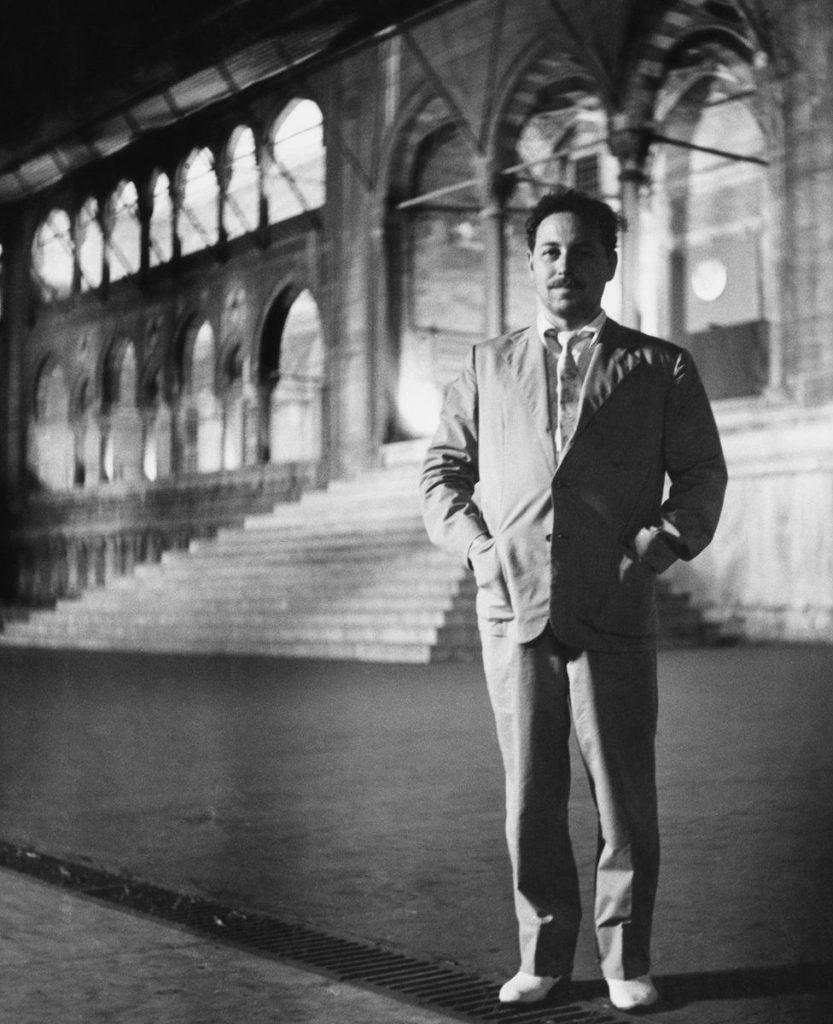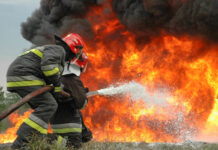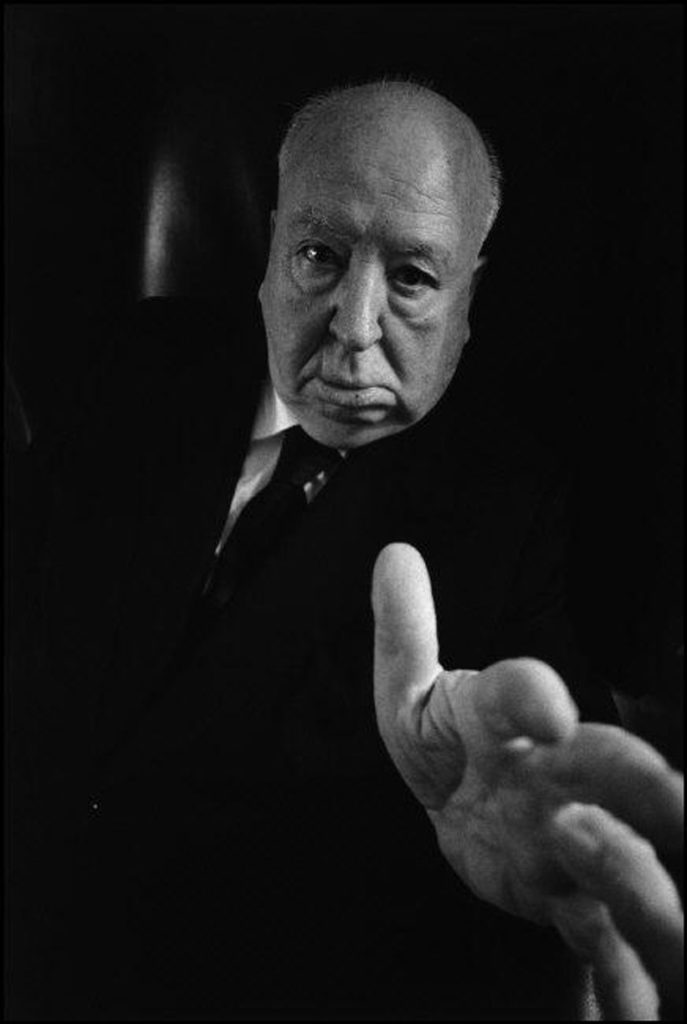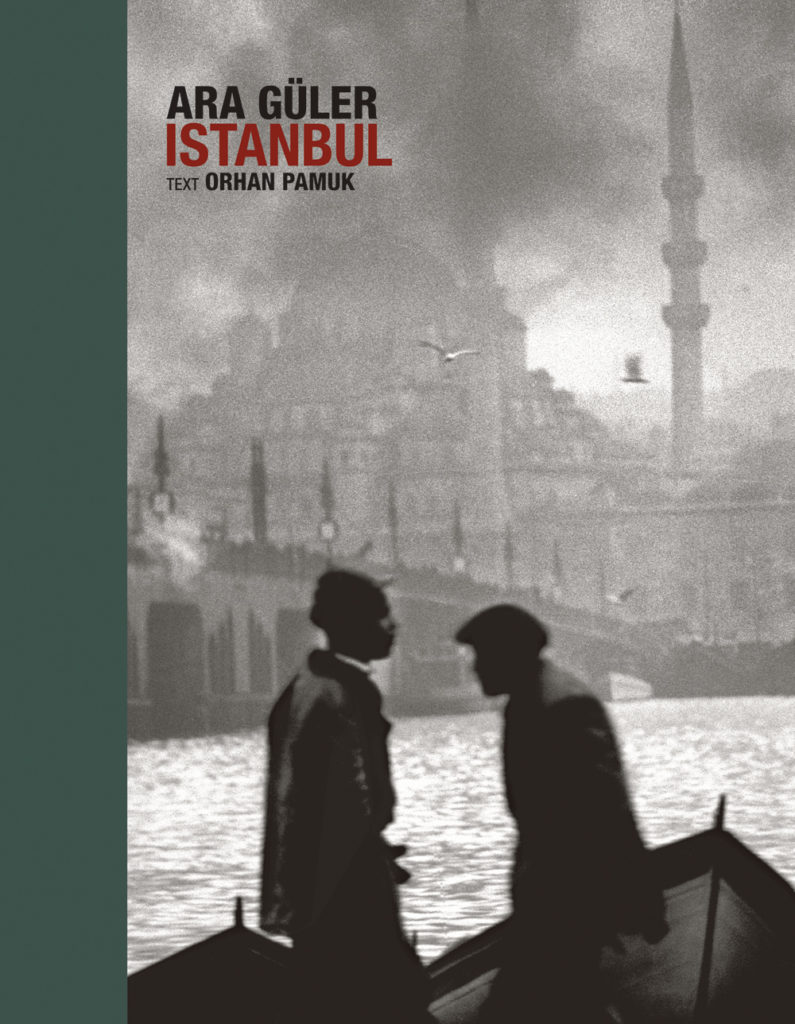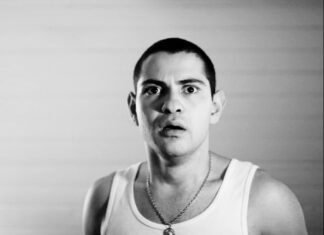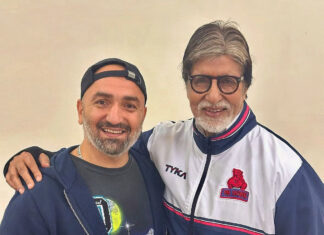By Susanne Fowler
ISTANBUL (New York Times) — Ara Guler, a Turkish-Armenian photographer who was best known for capturing poignant and nostalgic images of a bygone Istanbul but who also portrayed famous figures and everyday life in far-flung lands, died on Wednesday, October 17, in the city he so lovingly chronicled. He was 90.
His death was announced by Magnum Photos, his agency, in a statement on its website.
Guler’s pictures reflected the shadows and sparkle of Istanbul, a city he once described in an interview as a sort of “Madwoman of Chaillot” who had grown old but never neglectful of how she looked: Touch her, he said, “and a jewel will appear.”
His Istanbul, before it was erased by fast-paced modernization, was a place of boats gliding down the Bosporus, minarets poking up in the distance behind a horse-drawn cart, an elderly head-scarved woman smoking a cigarette, children flinging their arms out in joy.
Guler described his photographs, often taken with a Leica, as “a little bit romantic.”



